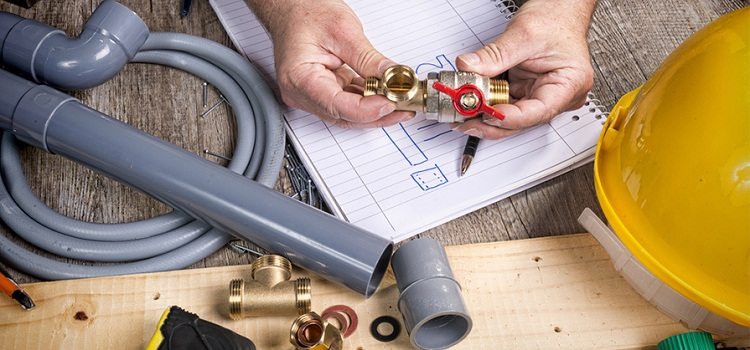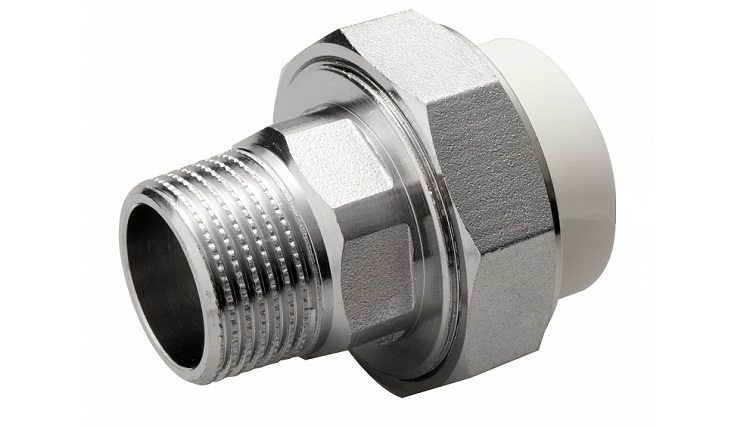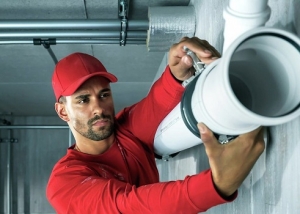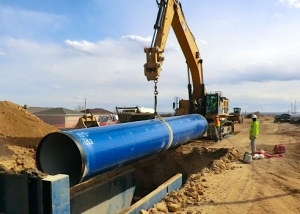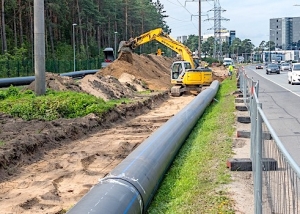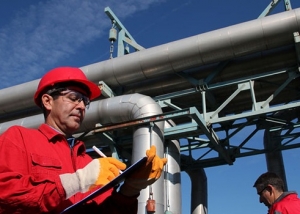When carrying out major repairs, it is often necessary to make partial or full replacement of water pipes and sewer systems. Due to the high cost of materials, homeowners decide to combine old metal elements of the pipeline with new plastic pipes. Despite the fundamental difference between these materials in their physicochemical characteristics, today there are several options for translating such an idea into practice.
Content
When there is a need for such a connection
The need to connect plastic pipes with metal can arise both during the repair and modernization of existing pipelines, and during the construction of new ones. Experts name the following typical cases in which such a docking is indispensable:
- inconsistent actions of various contractors can lead to the installation of elements of communication systems made of various materials;
- as a rule, the metal leads of household and industrial equipment are connected to plastic pipes;
- with partial replacement of emergency communications;
- when it is necessary to connect the pipeline to technological equipment having a temperature critical for plastic products;
- during the laying of sections of highways that are subject to increased mechanical and thermal stresses.
As you can see, the cause of these cases are a variety of factors. Therefore, the methods of the most reliable pipe connection directly depend on the purpose and type of pipeline.
Features of the use of metal products and polymer pipe products
The properties of any, including metal pipes, are determined by the characteristics of the material used for their manufacture:
- cast iron was used when laying the pipeline in not so distant Soviet times. It is still considered fragile material. It is easy to destroy a pig-iron pipe with one more or less strong blow. However, the product of a relative novelty - High-strength Cast Iron with Spherical Graphite (abbreviated VChShG) - the level of impact resistance is comparable with the value of this parameter of the steel pipe;
- steel. This material is susceptible to corrosion, and accumulations of dirt and impurities form on the inner surface of the pipeline elements made from it;
- stainless steel. It is still the most expensive metal, serving for many years, but difficult to process.
- galvanized steel has proven itself in terms of resistance to corrosion processes, but professionals note the difficulty of installing pipes made from it.
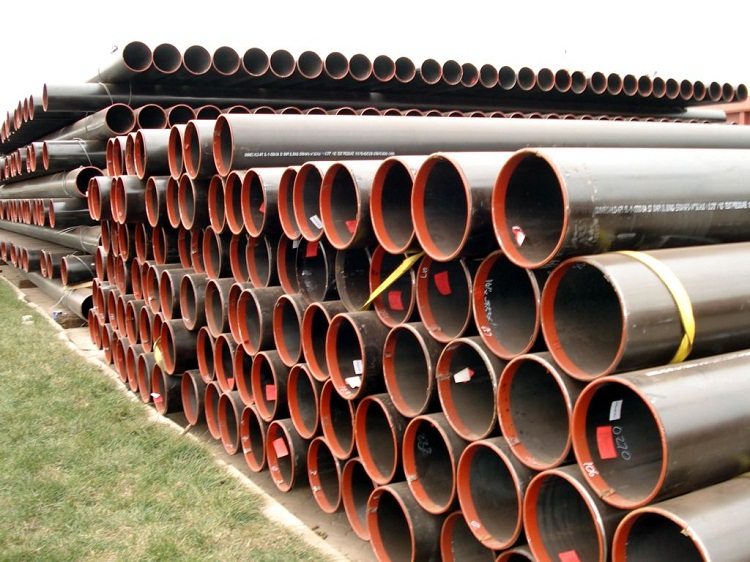
Steel pipes are used for installation of pipelines in the modern world, as they have practically no competitors in terms of strength
Plastic piping elements also subdivided into several types:
- polypropylene parts.Not demanding in care and easy to install. Frequently bought up material;
- polyethylene are suitable for both water supply and for laying sewers;
- PVC products are used for laying sewage autonomous type;
- metal-plastic pipe products.
Good to know! The restrictions on the use of PVC pipes are due to the fact that they do not withstand the circulation of a large flow of water.
Types of connection of metal pipes with plastic
Today, there are two ways to perform such a procedure:
- Threaded docking. It is used when tubular products are connected, the diameter of which does not exceed 40 mm.
- Flange connection. It is optimal for a large cross-section of pipes, since tightening the thread in such cases will require considerable physical effort.
Features of threaded connections
To understand how a plastic pipe connects to a metal pipe with a thread, you should study the fittings that are used for this purpose. In fact, such a detail is an adapter. On the side to which the metal pipe will be connected, the fitting has a thread. On the opposite side is a smooth sleeve to which a plastic pipe is soldered. Also on sale are models that can be used to connect dissimilar highways in larger quantities and fittings for bending and turning.
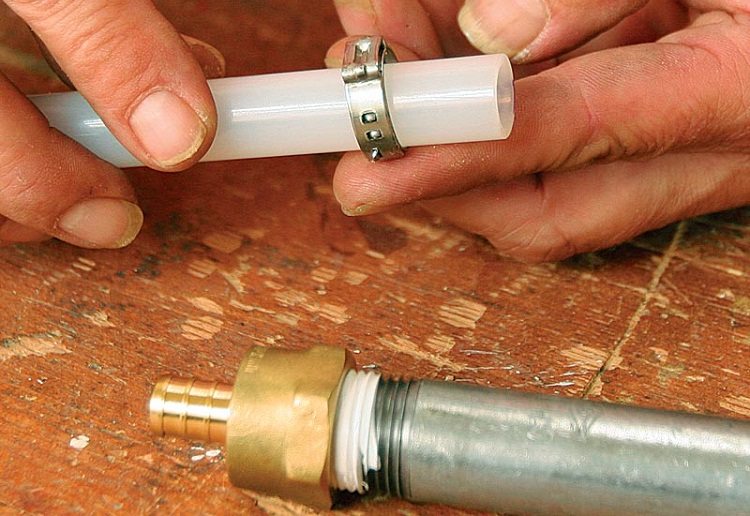
The threaded sleeve is selected depending on the type of plastic pipe - for soldering, with crimp or compression connection
To connect a steel pipe with a polypropylene pipe you have to perform the following sequence of actions:
- remove the coupling from the steel communication in the area of its intended connection with the plastic pipe branch. You can also cut off a piece of the old pipe, apply solid oil or oil and make using thread cutter new thread;
- walk along the thread with a cloth, fasten the layer of fum tape or tow on top, cover the surface with silicone. Wrap 1-2 turns on the thread so that the edges of the seal go along their course;
- screw the fitting. Perform this operation with an adapter from a plastic pipe to a metal one without using a key. Otherwise, the product may crack. If, when you open the tap, a leak appears, tighten the adapter.
Convenience of the construction of this part is that it simplifies the procedure for connecting metal pipes with polypropylene pipes on bends and bends. Interestingly, if necessary, the shape of the fitting can be changed. Heat it with a building hair dryer to a temperature of + 140˚С and give this part the required configuration.
Flange connection
As mentioned above, a similar method combines metal and plastic pipes of large diameter. The final design is collapsible. The technology of such a connection of a plastic pipe with a metal one without thread is as simple as in the case of a threaded adapter.
- carefully and evenly cut the pipe at the place of the intended connection;
- put a flange on it and install the rubber gasket. She will act as a sealant;
- carefully push the flange over this seal element;
- carry out the same actions with another pipe;
- fasten both flanges with each other.
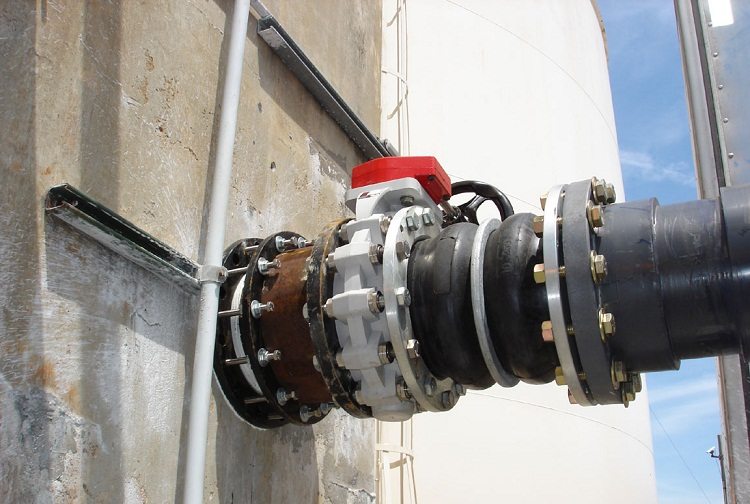
One of the options for switching from metal to plastic is a flange connection, in which case the flange is first soldered to the polymer pipe
Tip! Tighten the bolts evenly, without moving parts and without excessive force.
Other methods of threadless connection of metal and plastic pipes
In addition to flanges, the following devices are also used to implement such a technology:
Special coupling. Such a piece is sold in a building materials store. However, having certain skills, you can do it yourself. This adapter consists of the following components:
- corps.It is best to make it from high-strength steel or cast iron;
- two nuts. They are located on both sides of the coupling. If you are going to make such an adapter with your own hands, use bronze or brass to make nuts;
- four metal washers. They are installed in the inner cavity of the coupling;
- rubber gaskets. They are used to seal the connection. It is not possible to indicate their exact number in advance.
The diameter of the gaskets, washers and nuts should correspond to the cross-section of the pipeline elements. Perform the connection of a metal pipe with a plastic one without thread using such a coupling in the sequence described below:
- Insert the ends of the pipes through the nuts to the middle of the coupling. Also, thread tubular products through gaskets and washers.
- Tighten the nuts all the way. The gaskets should be compressed.
The connection is durable and strong enough.
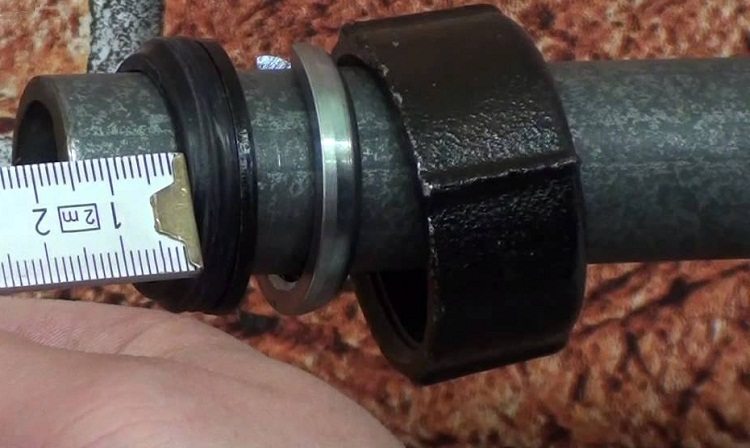
With the help of a fitting like Gebo, the connection can be made quickly and effortlessly, the main thing is to choose the right diameter
Gebo fitting. This part consists of the following elements:
- housing;
- nuts;
- clamping rings;
- clamping rings;
- o-rings.
The connection is very simple.
- Loosen the coupling completely.
- Put on the ends of the connected pipes all the above elements.
- Secure the joint with nuts.
How to connect a plastic pipe with a polypropylene
These products are gaining more and more popularity recently in the construction of life support systems in a country cottage. Polypropylene pipes connect to the metal-plastic line of gas water heaters, washing machines, boilers, etc. For this, a special adapter coupling is used. And if the connection of polypropylene pipe products with a plastic fitting is carried out by welding or by soldering, then the plastic pipes can simply be wound on shaped parts.
Good to know! This technical solution is determined by the design of the fitting: on the one hand, this part is polypropylene - for connection with polymer products, and on the other, metal - for connection to metal plastic.
Today, the following fittings are used to connect metal-plastic pipes with polypropylene pipes:
- plastic adapter sleeve with metal internal thread;
- plastic adapter sleeve with external thread;
- plastic tee with internal thread;
- plastic tee with external thread;
- plastic elbow (water socket) with internal thread. It is used as an adapter for connecting a mixer.
Specialized trading organizations offer many options for solving the problem of joining metal and polymer pipes. Successful completion of work depends not only on the correct choice, but also on the ability to work with tools and materials. Therefore, conducting the installation, follow the rules worked out over the years and listen to the recommendations of experienced plumbers, perform operations accurately and efficiently. Only then will there be no complaints about the results of the work done either by you or your close ones.
